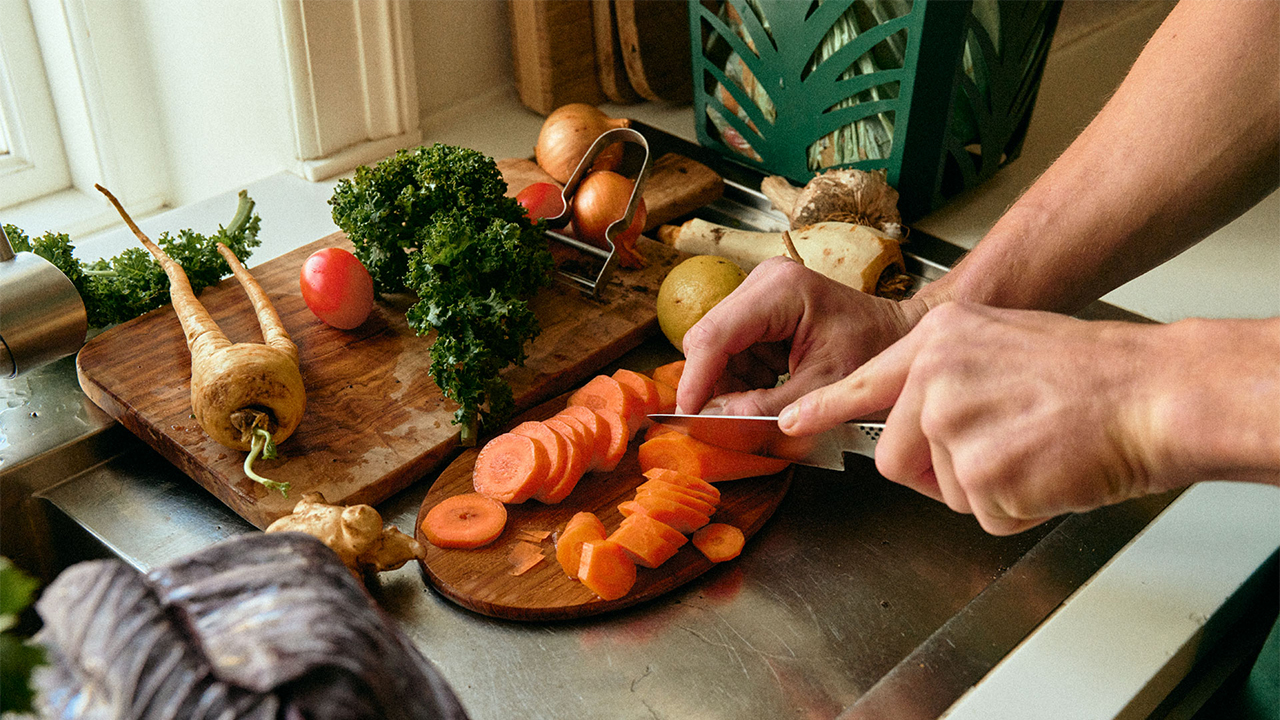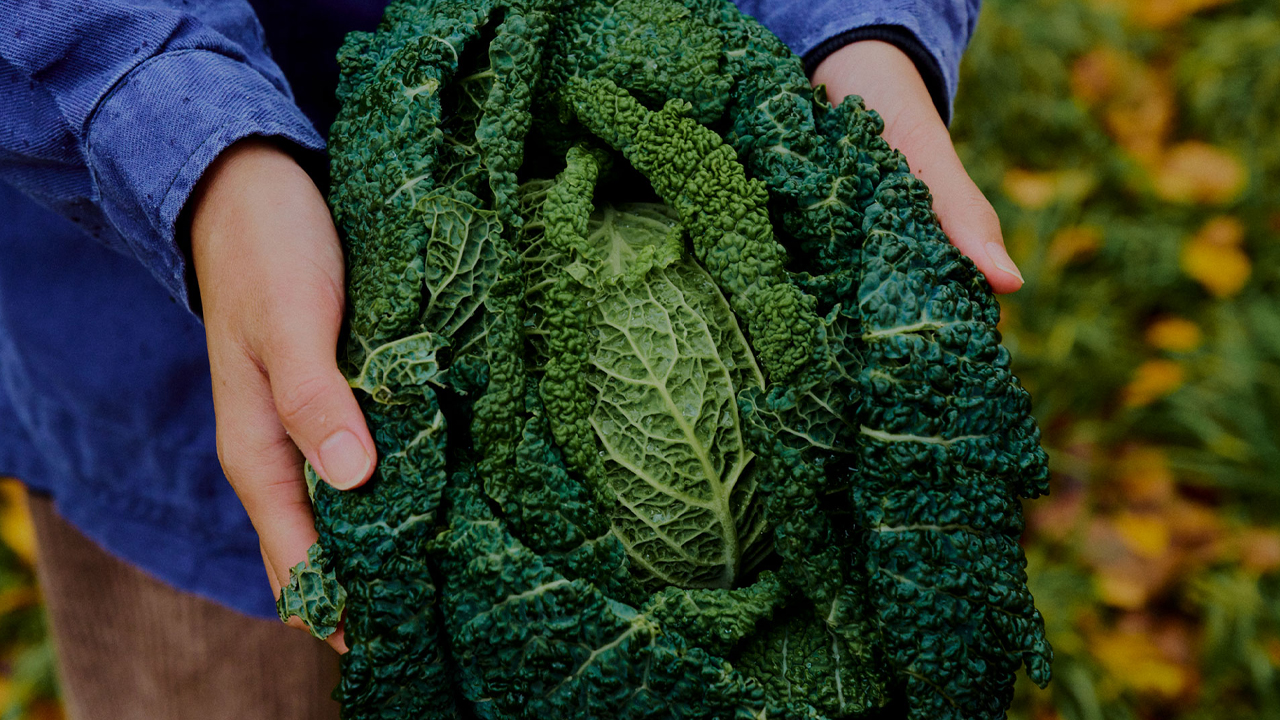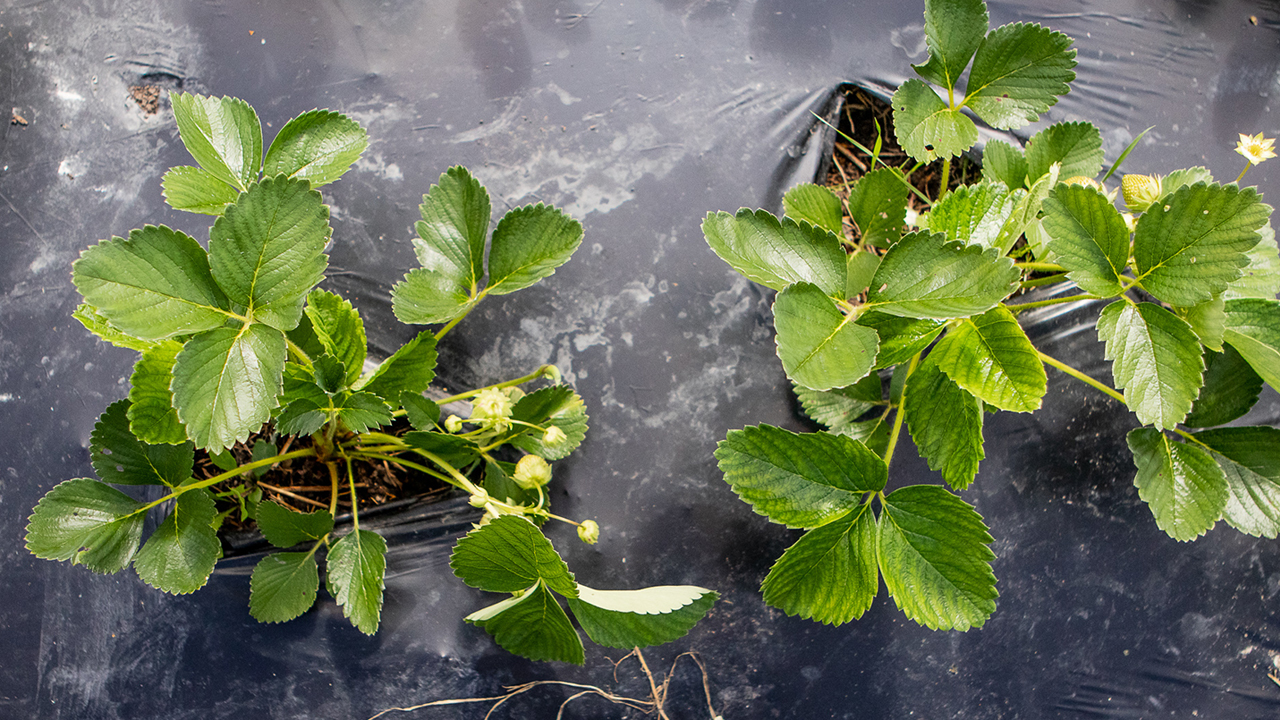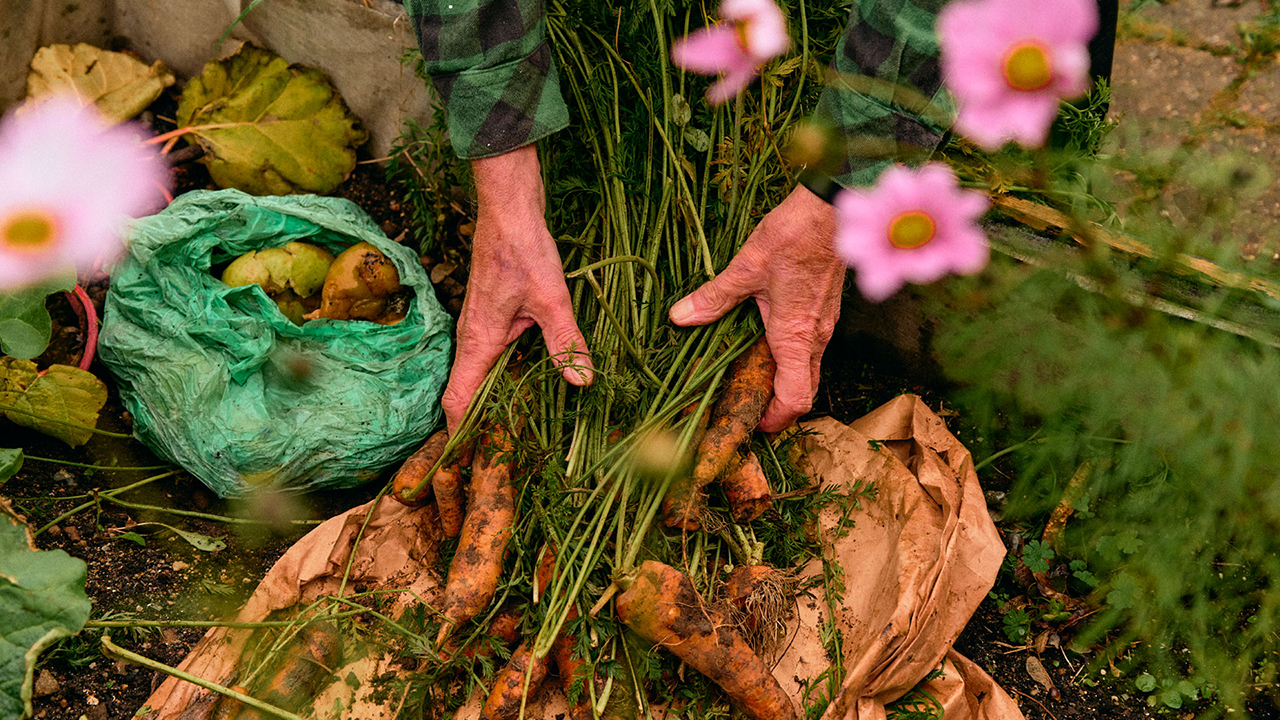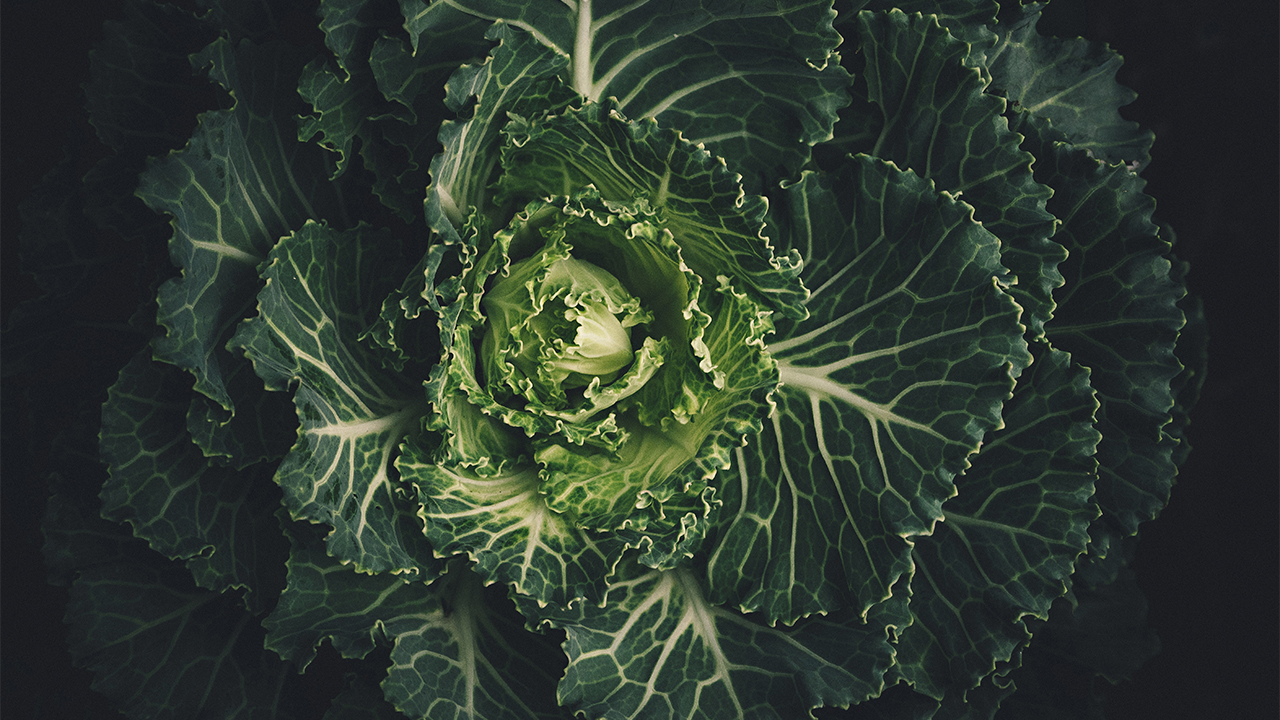Microplastics
-
Posted: April 24, 2024Categories: Organic waste, Waste solutions, Environmental Impact, Bioeconomy, Soil health, MicroplasticsRead more »
Here is the issue.
If we collect organic waste in the normal bin with other residual waste, it goes to an incineration facility to be burnt or – in some countries – left in a landfill to rot. Burning it will release dioxins to the atmosphere. Leaving it in landfills will produce large amounts of methane gas into the open air. A gas, that is 28 times as damaging to the atmosphere as CO2.
Consequently, both are bad solutions, but worse so, they both completely overlook the potency and value that lies within the food waste itself.Avoiding the heavy pollution is therefore one thing, but it’s quite another thing to recover the valuable resources that lie within the waste. We can actually use this waste to give clean nutrition back into the Bioeconomy, but for that to be an option, we need to use a different waste bag.
If sorted and collected separately, organic waste can be converted into biogas or nutritious compost to grow new crops in and spread on the fields to nurture the soil. If
-
Posted: April 24, 2024Read more »
What’s the problem? Conventional plastic is a relatively cheap material to produce, and has amazing functionalities. If handled 100% correct and reused in all eternity, it probably wouldn’t be a problem. Human habit is the problem. An easy fix, you might think, and in theory, it is. In reality however… not so much. As of right now, we only recycle a disappointing 9%, and so we’re simply too far away from that ‘solution’. Human behaviour is not adapting fast enough.
With ‘the power of habit’ against us, it is naïve of us to think, that we can persuade the entire world population, to make sure no plastic is left in nature or even allowed to break in two. On the contrary, it would be much ‘easier’ to replace the conventional plastics, where possible, with certified compostable plastics because they leave no harmful residue behind. Of course, it still needs to be handled and disposed correctly and no plastic should ever end up in nature. Compostable plastic alternatives have the same features
-
Posted: April 04, 2024Read more »
According to the United Nations Food and Agriculture Organization (FAO)3,4 the entire top layer of soil could be gone in 60 years, if the current rate of degradation continues. And with about a third of the world’s soil already degraded, we sort of have to do something quickly. Each year, approximately a billion tons of soil is lost due to erosion, and soil now suffers from loss of organic material, pollution, loss of biodiversity, salinization, overexploitation, and discharge of pollutants. Healthy soil would however strengthen our resilience and vulnerability to climate change, and so we need to focus on how to GIVE back to the Bioeconomy, and not only TAKE from it, in order to achieve a healthier soil.
A great contributing solution is actually within reach. Literally. It just so happens that every year, you and I (and the rest of humankind) waste around 1.3 billion tonnes of food – leftovers, scraps, fruit peels, vegetable skins, etc. This represents about one-third of the total amount
-
Posted: December 06, 2023Categories: Organic waste, Waste solutions, Environmental Impact, Bioeconomy, Soil health, MicroplasticsRead more »
1. Avoid microplastics in the field
Biobags are certified fully compostable and will always disappear within a brief period, in contrast to conventional plastics which will enter our environment for at least hundred years and circle around as damaging microplastics. When food waste is collected in a biobag destined for biogas production or turned into compost for agricultural land, Biobags will not leave microplast in the soil. The conditions under which the Biobag decomposes will determine how long the biodegradation process takes. There can be fragments looking like conventional plastic bits during biodegradation, either with composting or biogas production, but rest assure, it is not.2. Weight reduction
Organic waste is one of the heaviest waste fractions meaning higher costs for transport, and pre-handling. Biobags are breathable allowing the moisture to evaporate and the waste to dry out, reducing the overall weight. Using a Biobag in a MaxAir, ventilated kitchen caddy, the -
Posted: January 31, 2023Categories: Organic waste, Waste solutions, Environmental Impact, Bioeconomy, Soil health, MicroplasticsRead more »
How can bioplastic contribute to healthy soil?
We think it is essential that the EU, in its Soil Strategy, includes compostable plastic as an important factor in the restoration and maintenance of healthy soil. Collecting and composting the huge amounts of organic waste that we humans generate is a sustainable, good, and meaningful way to improve our soil. Giving all this organic material back to the soil will improve the soil quality. It will give back valuable nutrients and microorganisms, so that the soil becomes healthier and more resistant to, for example, drought and heavy rain. It will also maintain the soil fertile for growing food in a healthy and valuable circular economy. When sorting and collecting food waste, studies in several EU countries show that if sorted food waste is collected in bio bags, the quantity as well as the quality of the collected food waste is increased. The more food waste collected and used to improve our soil, the better.
-
Posted: March 09, 2022Read more »
The report of the Food and Agriculture Organisation of the United Nations assessed the sustainability of agricultural plastic products. In this report the United Nations recommends the replacement of non-biodegradable, conventional plastic with biodegradable and bio-based plastic which is an important recognition of the environmental benefits of bioplastic products.
The study was done by a qualitative risk assessment focusing on 13 specific agricultural products used in a range of different value chains. The study recommends the use of biodegradable, bio-based plastics instead of traditional plastic for mulch films, fishing gear, polymer coated fertilizers, tree guards and shelters, plant support twines, and pesticide impregnated fruit protection bags. Read the full report here.
With mulch filming representing the largest part of agricultural plastic applications, the questions arise why? Mulching films has several benefits. It increases the soil temperatures, enhance weed control, and
-
Posted: February 01, 2022Read more »
An other recent study published in the journal, Environmental Science and Technology, concludes that an average person eats approx. 50,000 particles of microplastics a year and breathes in about the same amount. The harm caused to humans by inhaling microplastics is not yet known. But experts say that the particularly harmful aspect of microplastics is that they can carry other airborne pollutants into our lungs and blood streams. These microplastic particles can cause cardiovascular disease, cancer and affect the immune and nervous systems.
We must all make an effort to minimize plastic in nature
The most obvious action is, of course, to not throw plastic away in the countryside, but there are also other ways to avoid both plastic and microplastic pollution. We can think about minimizing the use of unnecessary plastics such as straws, shopping bags, cosmetics with plastic bits and water bottles, etc.
At the same time, we must replace conventional plastic products with more environmentally
-
Posted: January 12, 2022Read more »
A clear advantage is the significant increase in the quality and quantity of separately collected organic waste and a corresponding increase in the amount of compost produced. Due to misunderstandings, there are different opinions and misconceptions are unfortunately quite common - both within municipalities as well as among consumers.
The study highlights some of the many scientifically proven benefits that certified industrial compostable organic waste bags offer to municipalities, citizens and to the environment. They significantly reduce the amount of conventional plastic in compost, as shown by a study published by the Wizenhausen Institute and University of Bayreyth.
Large scale experiments in Berlin, Milan, Munich and other cities showed that the amount of separately collected organix waste increased significantly by using the industrial compostable organic waste bags. Ventilated food waste containers remove odours and mold and minimize condensation, while reducing the weight
-
Posted: November 17, 2021Read more »
Plastic fractions highly contaminated with food waste cannot be recycled and are often therefore incinerated or, in worst cases, in some countries sent to landfill. By using compostable bioplastic to package food, the packaging can be composted together with the food waste.
Several studies indicate that when food waste is collected using certified biodegradable waste bags, the amount of food waste collected increases, and the food waste fraction is cleaner. All factors that make the collection and treatment of food waste even more sustainable. Moreover, it ensures no fossil microplastic is spread on the fields because bio bags decompose entirely. Read more about the role of bioplastics in the circular economy here.
-
Posted: December 15, 2020Read more »
“Soil is not renewable and it takes more than 2000 years to form a 10 cm layer of soil. But our lives depend on the soil – all production of food begins in the soil and soil binds enormous quantities of CO2 that would otherwise be released into the atmosphere. But in spite of this, the UN’s Food and Agriculture Organisation assesses that 33% of the planet’s soil is degraded and damaged by chemical contamination, acidification, nutrient imbalance and more,” says Novamont CEO, Catia Bastioli.
“If everyone knew that soil fertility, which is the basis of our food supply, was not renewable it would be a lot easier to create a sense of individual and collective responsibility.” “The combined effects of climate change and an exhausted soil can, over the course of the next 30 years, reduce agricultural output by half in some drought-affected regions. Globally, we need much more organic material and a comprehensive separation of food waste and organic materials can help contribute to that,” says




